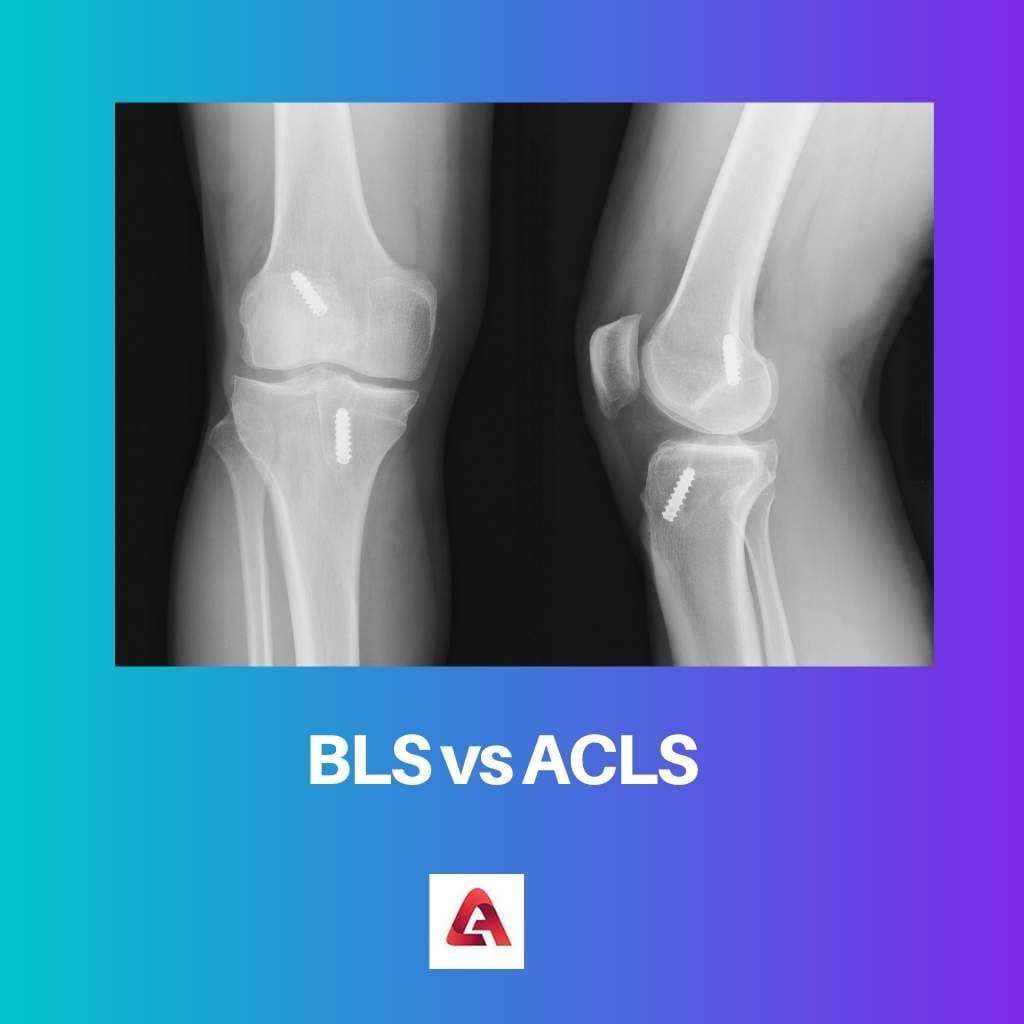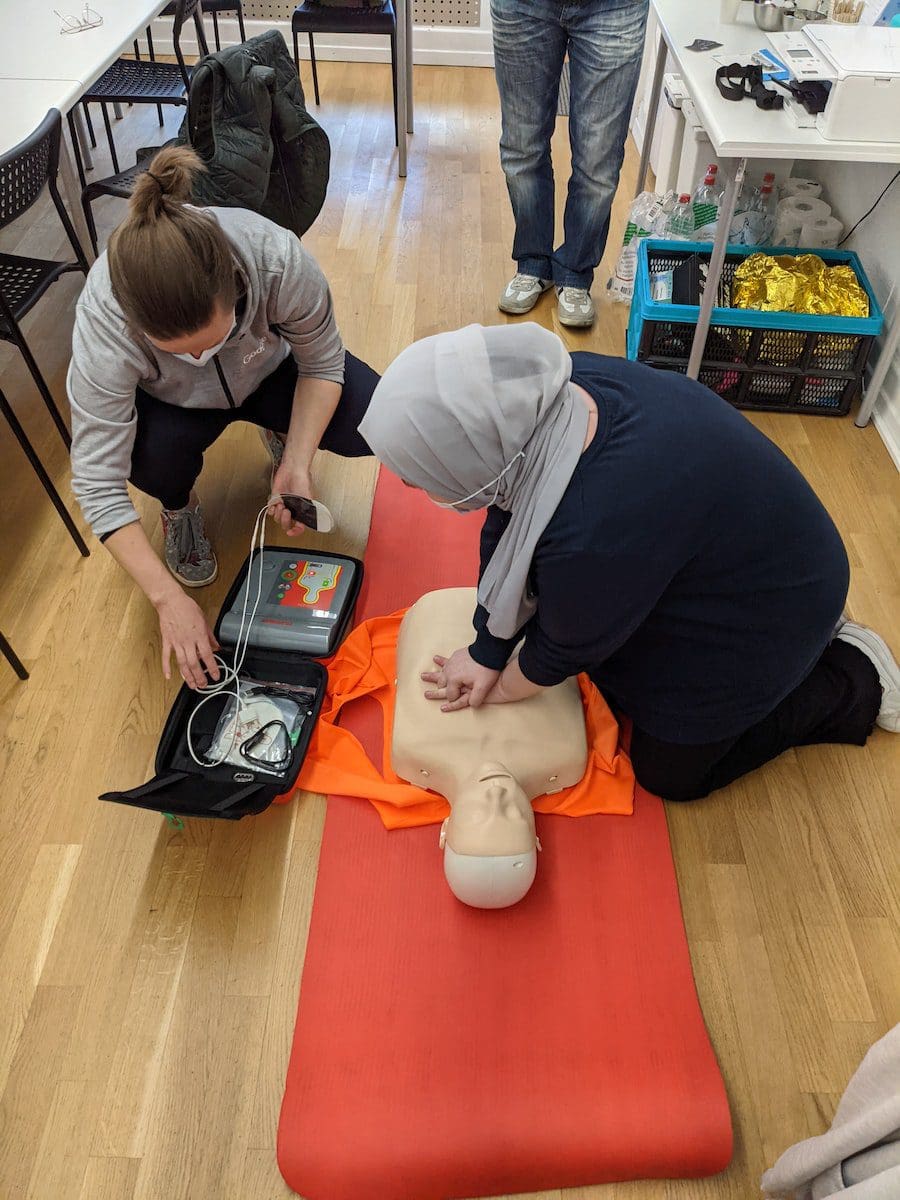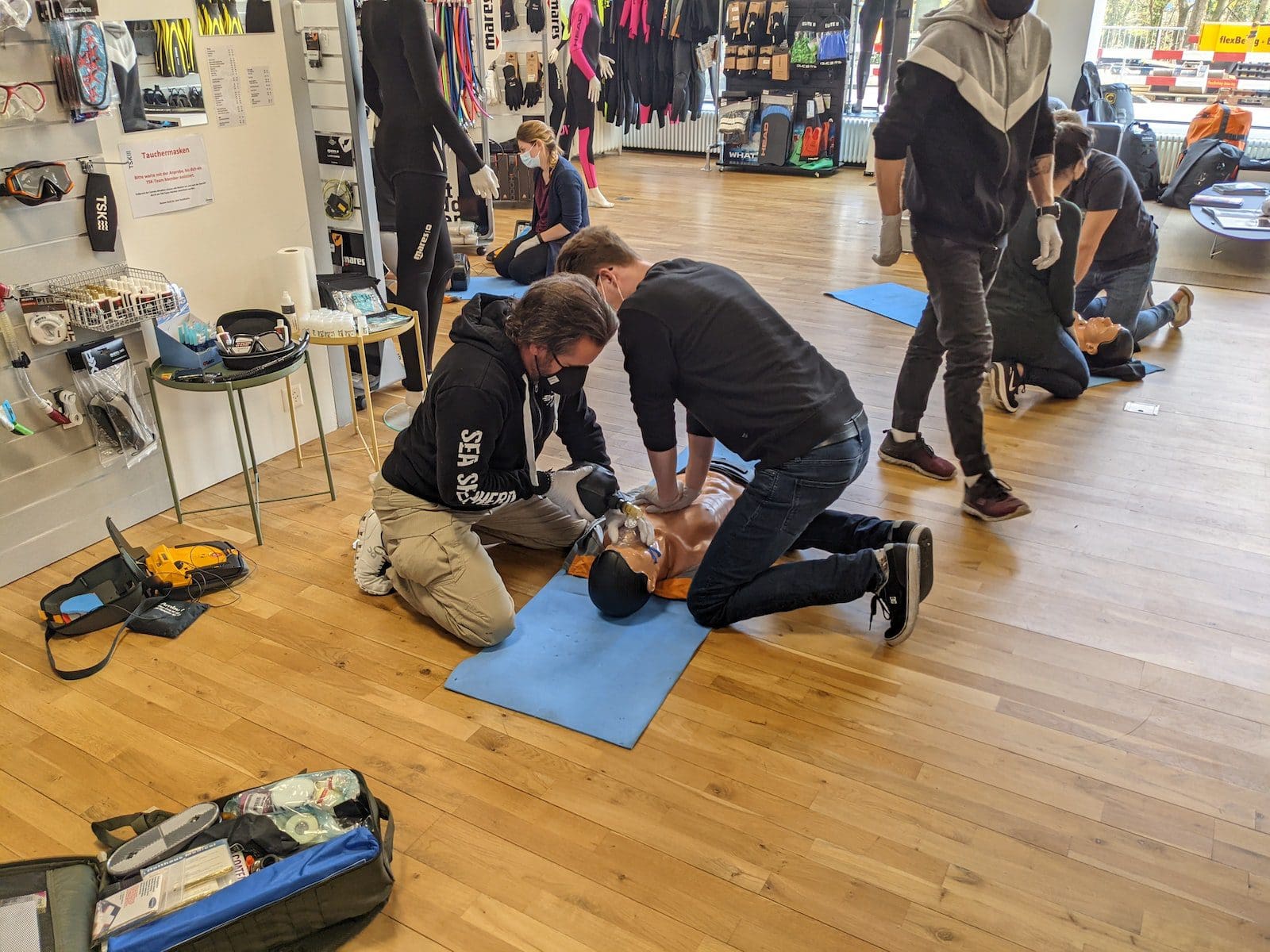People will suffer from different illnesses that cause life-threatening problems. Doctors try to save the patients till the last phase. BLS and ACLS are the supportive treatments that hospitals provide for patients with cardiac and severe injuries.
Key Takeaways
- BLS (Basic Life Support) is a set of first aid techniques used to stabilize a patient’s vital signs and prevent further injury or harm.
- ACLS (Advanced Cardiac Life Support) is a more advanced set of techniques for responding to cardiac emergencies and other life-threatening situations.
- First responders and medical personnel provide BLS with basic training, while ACLS requires additional training and certification.
BLS vs ACLS
BLS does not require as advanced knowledge and expertise as ACLS to perform correctly. Some BLS training is required to receive ACLS training. ACLS certification builds on the foundational skills taught in BLS. BLS is for lifeguards, babysitters, etc, while ACLS is for doctors and nurses.

BLS is a supportive treatment that helps the patients to recover until providing the entire treatment. The abbreviation of the BLS is Basic Life Support. The BLS treatment helps as first aid treatment. This medical care will provide by the nurses to treat the patients at an early stage.
In Contrast, ACLS is a medical care treatment that provides the entire treatment to the patients. The expanded name of the ACLS is Advanced Cardiac Life Support.
ACLS treatment provides by doctors for cardiac attacks, strokes, myocardial infarction and some other life-threatening problems. This treatment will handle by the doctors, and nurses will not permit this type of treatment.
Comparison Table
| Parameters of Comparison | BLS | ACLS |
|---|---|---|
| Meaning | BLS is a supportive treatment given for life-threatening injuries at an early stage. | ACLS is a medical care provider for urgent cases like cardiac attacks, strokes, life-threatening injuries, etc. |
| Abbreviation | BLS expand as Basic Life Support. | ACLS stands for Advanced Cardiac Life Support. |
| Treatment | BLS provides for the patients at an early stage until the entire treatment will provide later. | ACLS treatment helps for urgent cases in cardiac-related problems. |
| Permission | Nurses can treat the patient by giving early first aid for life-threatening injuries. | Only qualified doctors handle these types of cases, where nurses won’t permit to do. |
| Uses | The patient will be safe by giving the early-stage treatment by nurses or doctors. | The early stage cannot stand for a long time where urgent operations will provide by the doctors. |
What is BLS?
BLS is a supportive treatment provided for injured patients. The patients used to recover with the BLS treatment until the entire treatment took place. The abbreviation of the BLS is Basic Life Support. The BLS treatment helps as first aid treatment.
This medical care will provide by the nurses to treat the patients at an early stage. Life-threatening illnesses and injuries need the first phase of treatment for patients before furnishing the entire treatment.
This medical care treatment will take place in hospitals, where the BLS medical care is treated by medical technicians, trained medical personnel and qualified bystanders. The BLS is a general form that provides a different form of CPR that will handle by nurses.
BLS training is different from CPR training, where BLS treatment will provide in-depth and complex cases by engaging with professional rescuers in the medical department. The actual steps for CPR and ECC had changed in BLS treatment, such as C-A-B. This C-A-B represents Chest Compressions, Airway, and Breathing.
The BLS treatment is mainly helpful for adults, children who are suffering from serious injuries. The BLS treatment helps to treat first responders and health providers attacked by cardiac strokes and respiratory problems. There are 4 basic steps in Basic Life Support treatment that help the patients to recover. They are,
- Initial Assessment
- Airway maintenance
- Expired Air Ventilation
- Chest Compression.
Expired Air Ventilation refers to the rescue breathing that helps a person recover. Mouth-to-mouth breathing helps to retrieve the patient, and it is the first aid treatment in the medical field.
The people consist of BLS certification, where they learn the primary treatments that help the patients recover until they can be shifted to the hospital.

What is ACLS?
ACLS is supportive medical care provided by the doctors in the hospital. The name ACLS stands for Advanced Cardiac Life Support. The name ACLS describes the treatment, and ACLS refers to Advanced Cardiovascular Life Support.
ACLS treatment provides by doctors for cardiac attacks, strokes, myocardial infarction and some other life-threatening problems. The ACLS medical care will provide for urgent cases.
This treatment will handle by the doctors, and nurses will not permit this type of treatment. ACLS refers to the set of clinical methods that provide for urgent cases in the cardiac medical section.
ACLS medical care furnishes treatment for severe cardiac attack, stroke, myocardial infarctions and some other severe injuries. The ACLS provide the treatment for cardiovascular emergency cases.
The doctor should have ACLS certification to provide treatment for injured patients. To get the ACLS certificate, the doctor should pass the 10-study tests. The one who progresses in the 10-study assessments will qualify to get the certificate.
The 10 tests will provide in the reference section. The Advanced Cardiac Life Support (ACLS) certificate will be justifiable for 2 years. For every two years, an individual has to renewable the certificate online. The medications that use in ACLS medical treatment are,
- Amiodarone
- Adenosine
- Dopamine
- Atropine
- Oxygen
- Magnesium Sulfate
- Vasopressin
- Lidocaine
- Epinephrine
The Adults suffering from severe illness will provide the ACLS treatment by RNs available in the hospital. To qualify for the ACLS certification, an individual should have a BLS certificate primarily.

Main Differences Between BLS and ACLS
- BLS treatment provides primarily for patients suffering from Cardiac attacks, whereas ACLS is a treatment provider for urgent cases in the cardiac section.
- BLS expanded as Basic Life Support, whereas ACLS stands for Advanced Cardiac Life Support.
- BLS certification will get primarily, whereas ACLS certificate will approve the people who have BLS certificate.
- BLS has 4 steps that help the patient, whereas ACLS has some medications that help in urgent surgeries.
- Nurses and qualified medical personnel’s give BLS treatment for patients where certified doctors allow to treat the patients.





